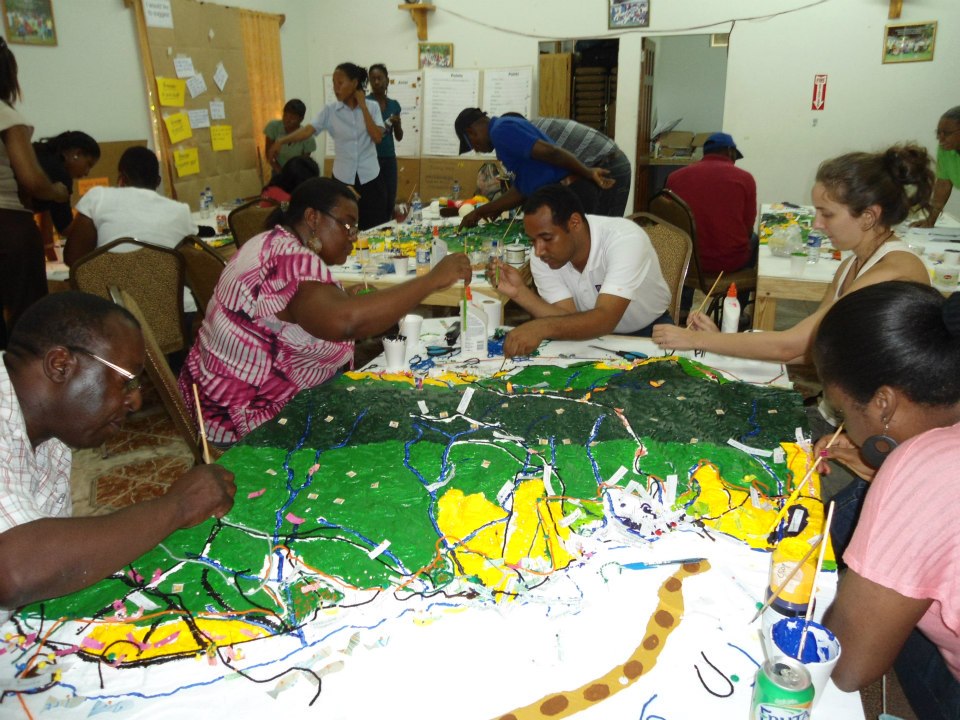Promoting blue carbon networks
Work is under way to scale up and transfer lessons learned from current projects to other countries in Central and South America. Basic knowledge about blue carbon needs to be disseminated at multiple levels and scales, local “champions” identified, and interest in replicating experiences needs to be gauged. Establishing a network of practitioners, blue carbon scientists and decision-makers promotes the exchange of experiences and information, thereby serving as a catalyst for further work. Also, links to global initiatives ensure common working frameworks to reach similar goals.
Above all, local and regional capacities need to be promoted such that a shared language, goals and expectations around blue carbon are used across country borders. Having “champions,” or local focal points that drive the development of research and market-ready projects and help develop national policy frameworks is required. Once a critical mass of people is reached, funding streams that promote knowledge exchange and piloting activities must be sought.
Interest in blue carbon projects is increasing across the Americas, however, a critical mass of scientists, practitioners and policy-makers is still needed. The understanding of blue carbon science and policy building blocks is still at an early stage in many countries, which is why key messages must be delivered in a timely manner to the right audiences.
International literature still needs to break language barriers to facilitate dissemination among multiple actors. Identifying key people in government and research institutes with previous knowledge and experience or current interest in blue carbon is necessary so they can serve as focal points in their countries or sub-regions and disseminate information, design and implement local initiatives, and facilitate scaling up. The culture of sharing information and data across Latin America needs to be understood to promote dialogues and actions in a productive manner.
